These 14 tips will help keep both you and your property safe in the event of seismic shocks.
Our editors and experts handpick every product we feature. We may earn a commission from your purchases.Learn more.
These 14 tips will help keep both you and your property safe in the event of seismic shocks.
Our editors and experts handpick every product we feature. We may earn a commission from your purchases.Learn more.
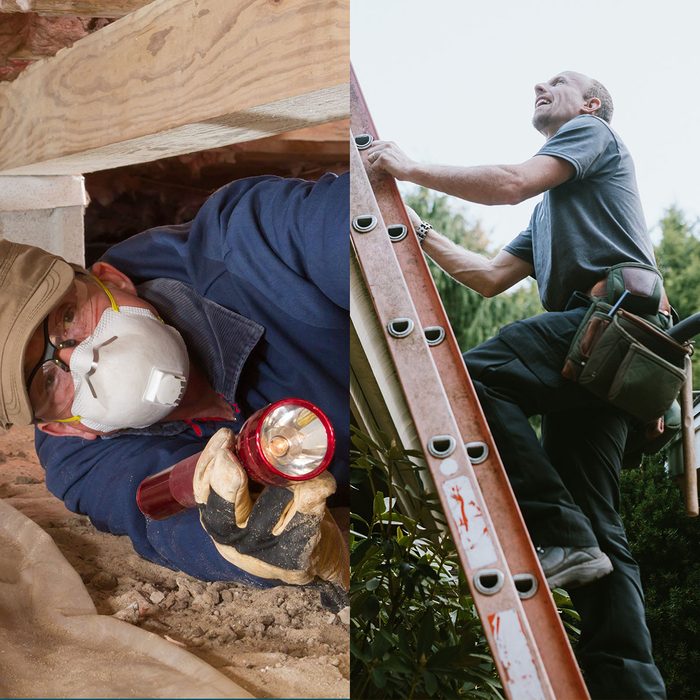
First things first, take a tour of your home with an eye toward potential safety risks. According to a UCLA study, most of the injuries from California’s 1994 Northridge Earthquake were due to unsecured household objects falling on people( use furniture anchors to avoid this). To protect yourself from injury, experts suggest you “Look Up, Look Around, and Look Down” to locate any objects that could move in an earthquake. Here’s what you need to know to make an earthquake kit.
Above you, check for any ceiling fans or light fixtures that could fall. Around you, check for hanging art, heavy furniture and electronics, shelved items and cabinet doors. Down below your eye-line, locate your water heater, stove, dryer and any other household appliances. In the next few sections, we will discuss how to appropriately secure all of these items.
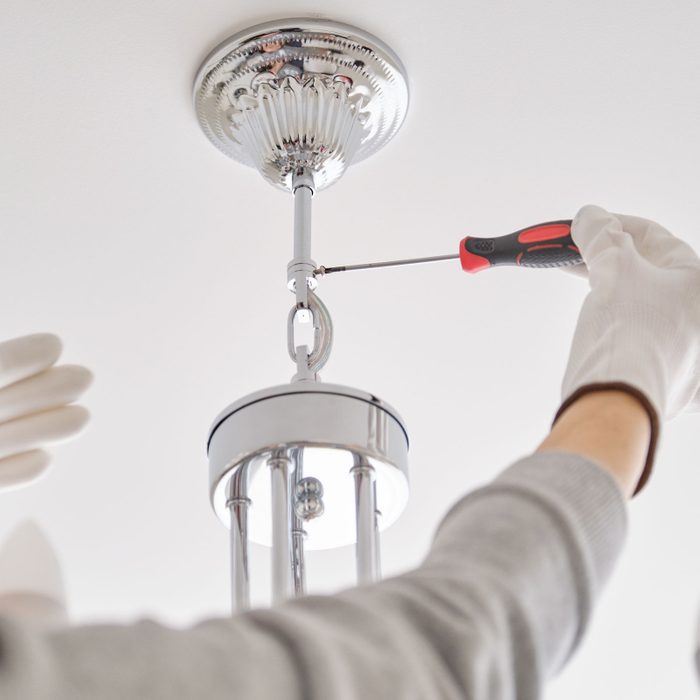
To ensure that any ceiling fixtures like fans and chandeliers are secure, check their attachments. The Federal Alliance for Safe Homes (FLASH), a non-profit dedicated to keeping people safe in the event of natural disasters, suggests attaching fixtures to a ceiling joist or beam with a minimum 9-gauge wire cable. The cable should be bolted to the beam and have enough slack for it to sway (as opposed to break) in an earthquake.
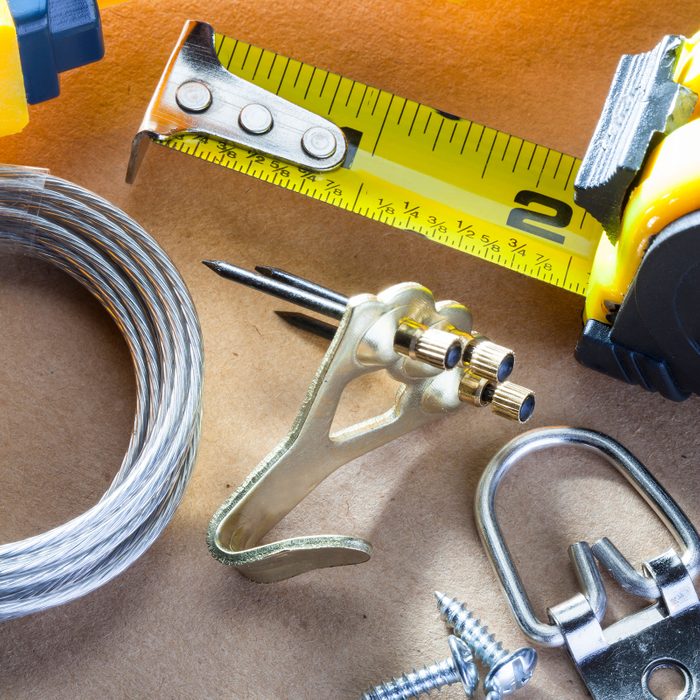
There are a million different ways to hang a picture, and most of us are primarily concerned with getting them straight and level. However, it’s also worth considering your future safety when hanging a heavy picture or mirror. First, be sure that nothing heavy or flammable is hung over beds or heat sources to limit risk in an earthquake. Then, make sure that the object is fastened securely to the wall. Whenever possible, use multiple closed hooks screwed and anchored into wall studs. If you use open hooks, close them with a pair of pliers so that the hanging wire can’t slip out.
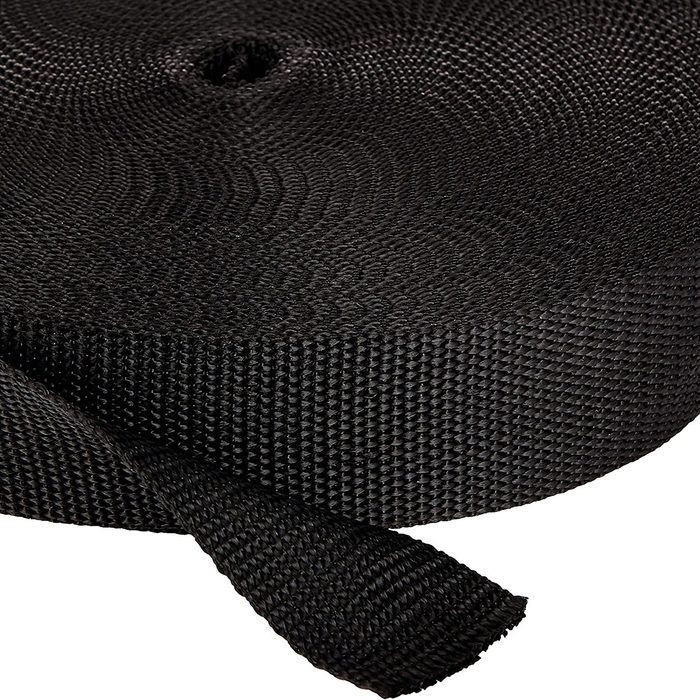
As with heavy hanging objects, it’s important to move heavy furniture and electronics away from beds and seating areas. Particularly dangerous objects include bookcases, media centers and big televisions, all of which must be anchored firmly to wall studs. Flexible fasteners like nylon webbing straps are ideal for anchoring heavy objects, as their ability to sway reduces the strain on the studs. In a pinch, you can also use L-shaped metal brackets. For odd-shaped items like televisions, use long stretches of nylon with buckles so that you can easily move the object as needed.
Also check these home security tips to protect your house and your loved ones with inexpensive, easy-to-install devices!

Heavy items like books and ceramics can become projectiles when shaken off their shelves. For rows of books, install a restraining device like a lip edge across the shelf to keep them in place. For individual items like lamps or statues, use Velcro, museum gel, or museum putty to secure them to their surfaces.
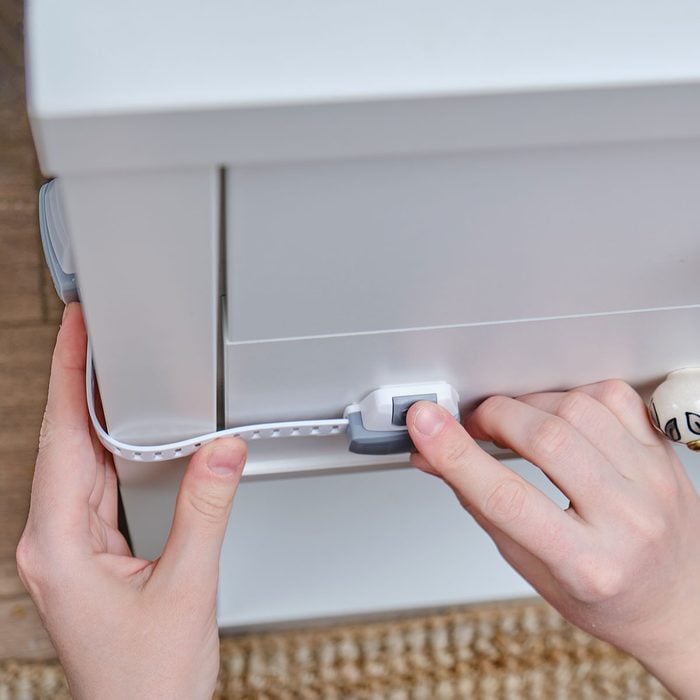
Who knew that child locks were also perfect for earthquake preparedness? To secure cabinets and drawers on media centers, dressers and kitchen storage, attach hook-and-eye or positive-catch latches to the handles or knobs. This will prevent them from flying out and injuring someone in an earthquake.
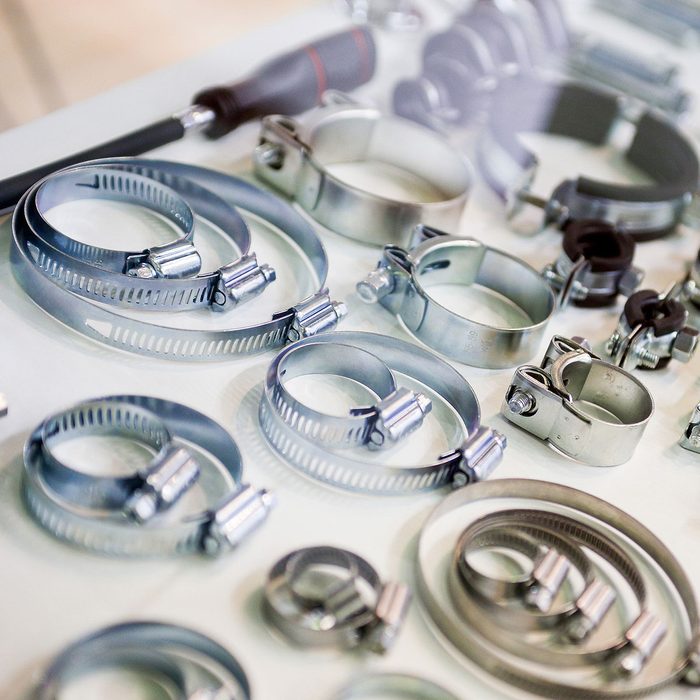
After an earthquake, the last thing anyone needs to deal with is ruptured water and gas connections that can lead to floods or fires. To that end, securing your water heater appropriately is essential. Many heaters are attached to walls using rigid copper connectors, which can easily break. Replace those with bendable corrugated copper connectors, then strap the water heater in with two long, steel straps screwed into wall studs.
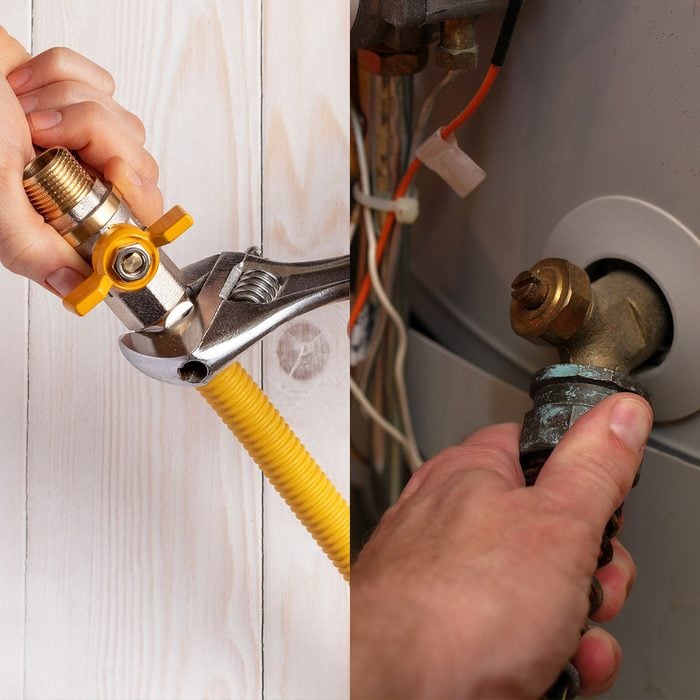
As with your water heater, any stoves, dryers or other gas or electric appliances must be fastened with flexible connectors to prevent breakage. Replace any rigid connectors as necessary, then anchor the appliances to reduce the risk of fire after an earthquake.
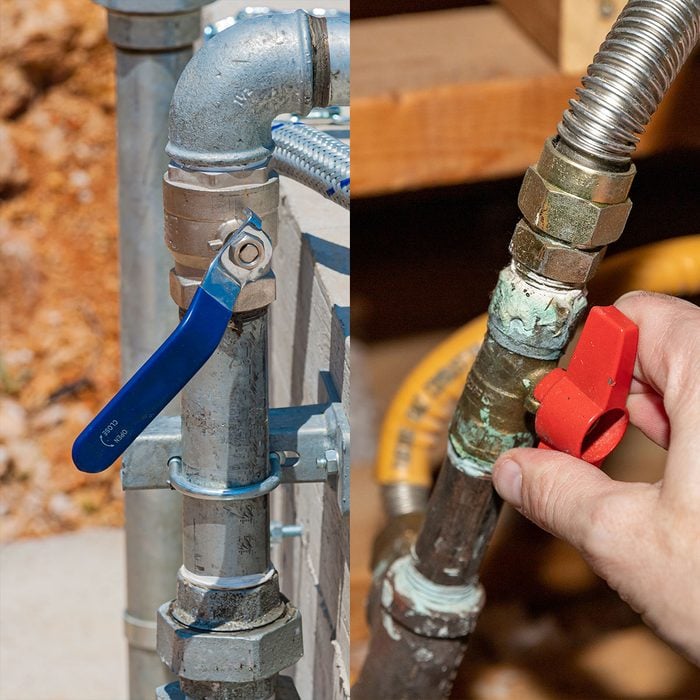
The location of your water and gas valves is one of those things you definitely want to know before you need to. Find your shutoff valves and locate the appropriate wrenches to turn them off. If desired, you can store the wrenches near the shutoff valves for easy use in an emergency, but know that this could also increase the risk of unauthorized individuals tampering with your utilities. If you’re feeling especially proactive, you might also consider installing an automatic gas shutoff valve that can detect ground shaking or an increased flow in gas. Note that for some states, like California, this installation requires state approval.
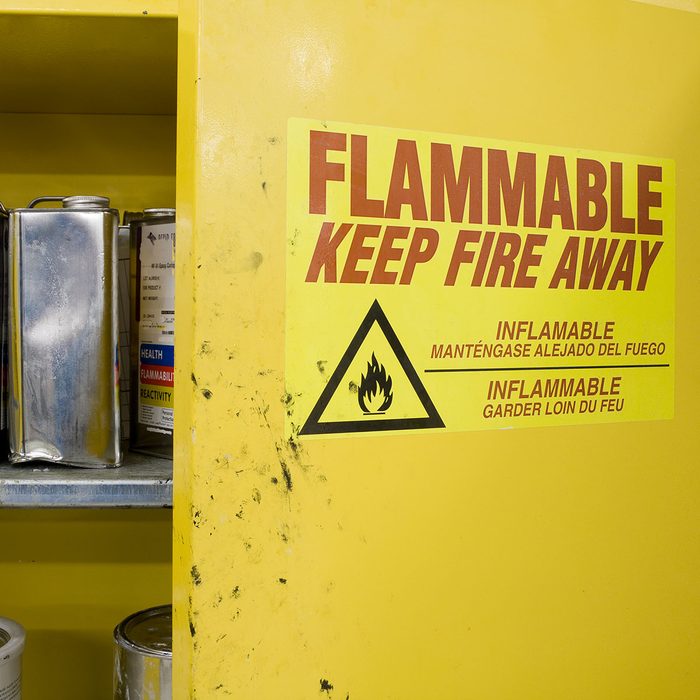
Flammable liquids like gasoline, lighter fluid, weed killers, pesticides, paint, rubbing alcohol and acetone should all be stored safely in a garage or shed, ideally separate from the main living area. They are best kept in a low, closed, and latched cabinet to help prevent the spread of potential post-earthquake fires.
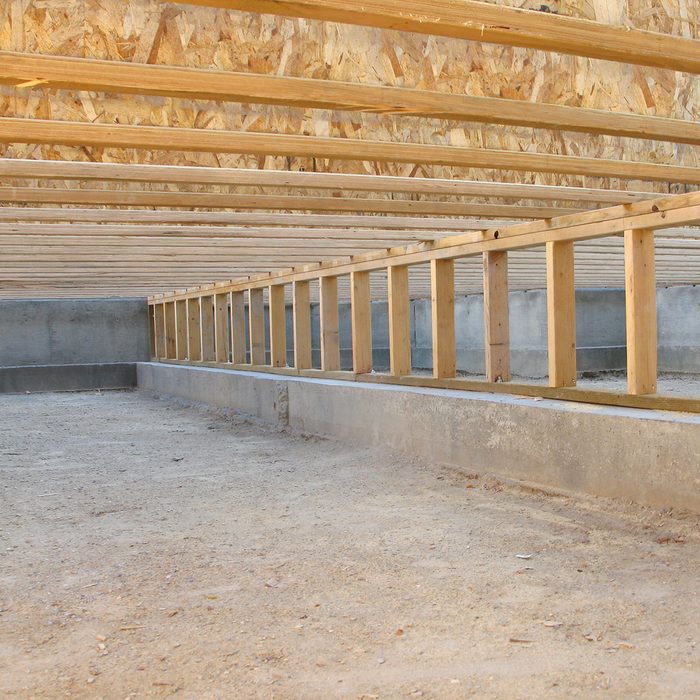
If you have any cripple walls in crawlspaces or attics, it may be worth reinforcing them. To do so, nail plywood sheathing to the inside of the walls, and secure it with framing clips, wood blocking and anchor bolts. Be sure to also add vent holes to the plywood.
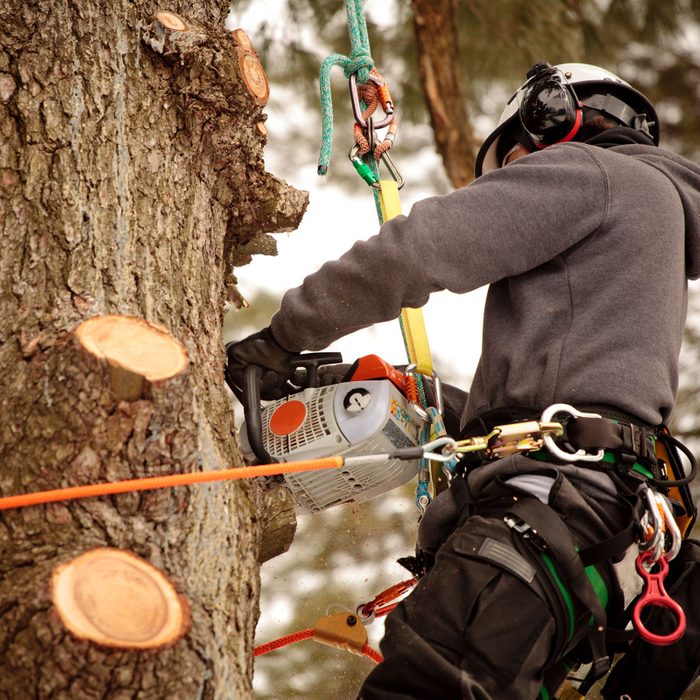
Falling tree branches can lead to hefty roof repair bills in the aftermath of an earthquake. To be on the safe side, consider trimming those branches closest to your house so that they cannot cause any damage.
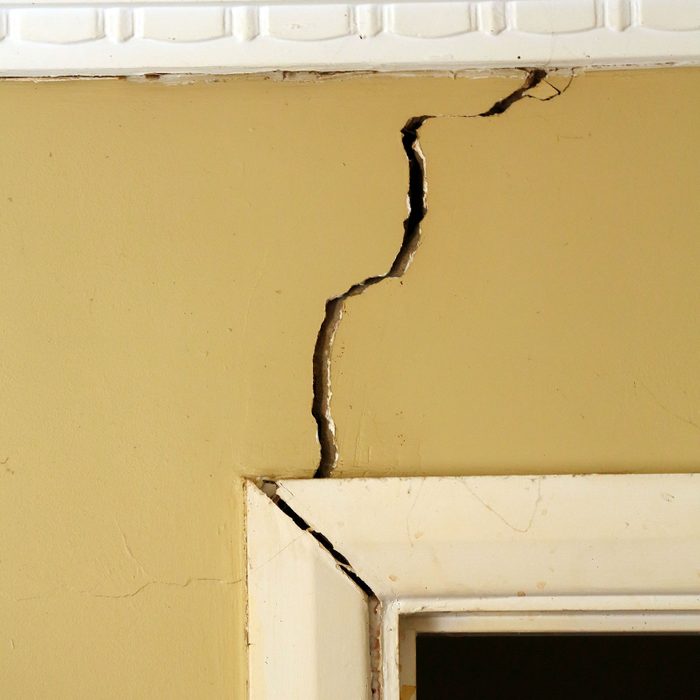
Another practical way to safeguard your property from earthquake damage is to purchase earthquake insurance to help cover the costs of any potential damage. Additionally, many homeowners may qualify for or otherwise want to purchase a seismic retrofit. This is recommended for people who live in earthquake-prone areas in houses that were built before 1980. Some states, like California, may offer grants to cover the cost of retrofitting through programs like Earthquake Brace and Bolt (EBB). To see if you qualify, enter your zip code here.
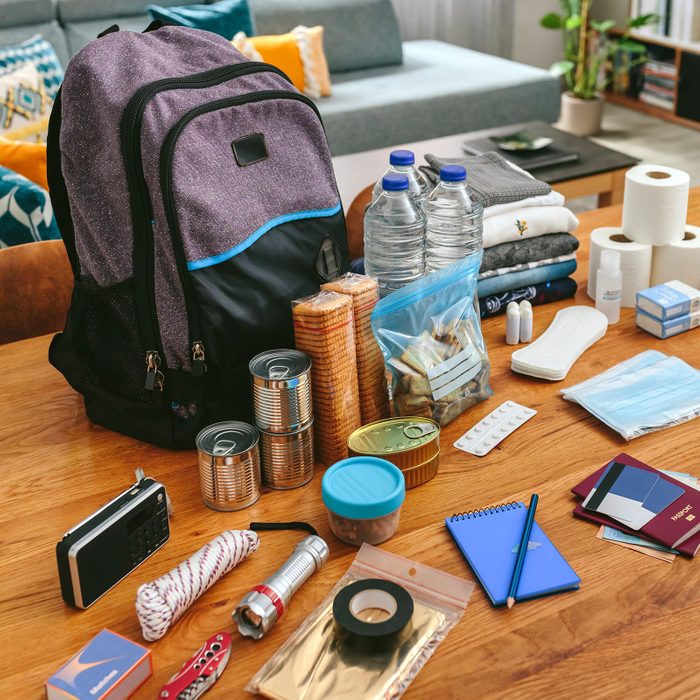
While the previous 13 tips are wonderful for ensuring the well-being of your property (and by extension, your own if anything falls), your safety in an emergency will also depend on access to vital resources and information. To that end, be sure to make an emergency kit and alert everyone in your household to where it can be found. Additionally, determine an evacuation route and safe meeting place together, and review the CDC protocols for sheltering in place. As they say, knowledge is power!